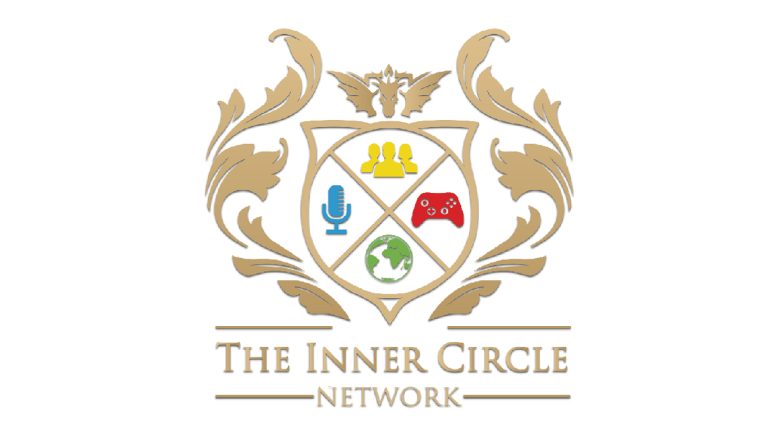With a franchise as long-running and popular as Mario, of course there would be some crap along the way. Well, maybe not crap per se; since Nintendo tries as hard as possible to ensure their games aren’t bad, it’s possible that players could still garner some degree of enjoyment from the entries on this list anyway! No, Hotel Mario and the edutainment games aren’t going to show up here. Not only did Nintendo not make those, but that’d be too predictable. Speaking of predictable, here’s my Top Three Best Mario Games (In No Particular Order) before we get to the main course: Super Mario World, Super Mario Galaxy, and Super Mario Bros. 3. Maybe I’ll think of some other positive companion Mario list, but for now, let’s get on with this one.

#5 – Paper Mario: Color Splash

I originally had New Super Mario Bros. 2 occupy this spot, but then when Color Splash came to mind I was conflicted. In the end, I made my decision: While both games were lazy sequels that made things shamelessly easy, New Super Mario Bros. 2 at least had Mario‘s trademark platforming formula. All Color Splash did was make turn-based battles clumsy and boring. Some jokes can be funny, and there are some shining moments buried under it all, but Color Splash is basically a glorified LEGO game with only a bit of the same charm. And badly implemented combat.

#4 – Super Mario Bros.: The Lost Levels

In hindsight, giving the West a disguised Doki Doki Panic as a Super Mario Bros. sequel was one of the best things Nintendo of America have ever done. The “official” Super Mario Bros. 2 (aka The Lost Levels) is the total opposite of New Super Mario Bros. 2 when it comes to its difficulty. By that I mean rather than being too easy, The Lost Levels goes out of its way to crush the player’s spirits once and for all. What could be more unpleasant than hitting a “?” block that turns out to hide a Poison Mushroom? How about discovering a Warp Zone that redirects you to a world you’ve already beaten?! For a game by Nintendo, everything about Super Mario Bros.: The Lost Levels is oddly unreliable. And even if you were to look past the unfairness of it all, you’re left with just another version of Super Mario Bros. The only new features this game offers are the ones that exist to frustrate the player.

#3 – Mario Party 10

Say what you want about Mario Party 9; it at least tried revamping the formula after eight numbered installments of doing the same thing over again. Mario Party 10 takes what Mario Party 9 established and chops off a fraction of it. The game is divided into three modes. The first is just like Mario Party 9 except with less boards, the second is a completely one-sided mode where Bowser is bound to win no matter what (unless the player controlling him is just that bad at games), and the third requires that you spend a lot more money to buy amiibo to play a stripped down take on traditional Mario Party. Mario Party 10 is a cash grab, plain and simple. Yet, it’s not as guilty about it as the next game on the list.

#2 – Mario Tennis: Ultra Smash

Sometimes, I look at this and wonder where the game went. Nintendo charged full retail price for this, but this feels more like a demo than a fully realized game. There is absolutely no reason this should’ve been Christmas Rushed, especially after all the years without a console Mario Tennis game beforehand. If Nintendo and Camelot really try, they can make something that could top Mario Power Tennis without a problem. Why, then, do we have a Wii U Mario Tennis that doesn’t even have basic features like a tournament mode, variety of courts, or multiple minigames? At least there’s online play, but is it really worth fifty-sixty dollars for that one feature?

#1 – Paper Mario: Sticker Star

Requiring an Internet walkthrough for over 90% of the game is bad. Removing everything that made previous installments fun is bad. This game is bad. I can’t think of anything else in the entire franchise that’s as aggressively terrible as Paper Mario: Sticker Star. Thinking about what could have been is way more fun than the game itself could ever be. Why Nintendo uses this travesty as the new face of the Paper Mario series is beyond sensible knowledge. Playing The Legend of Zelda for the first time without a map is way more fun and less cryptic than this. Sticker Star‘s a game made in 2012, however, not 1986. You’d think they wouldn’t go back to such an archaic mentality again, but alas, this game exists.




